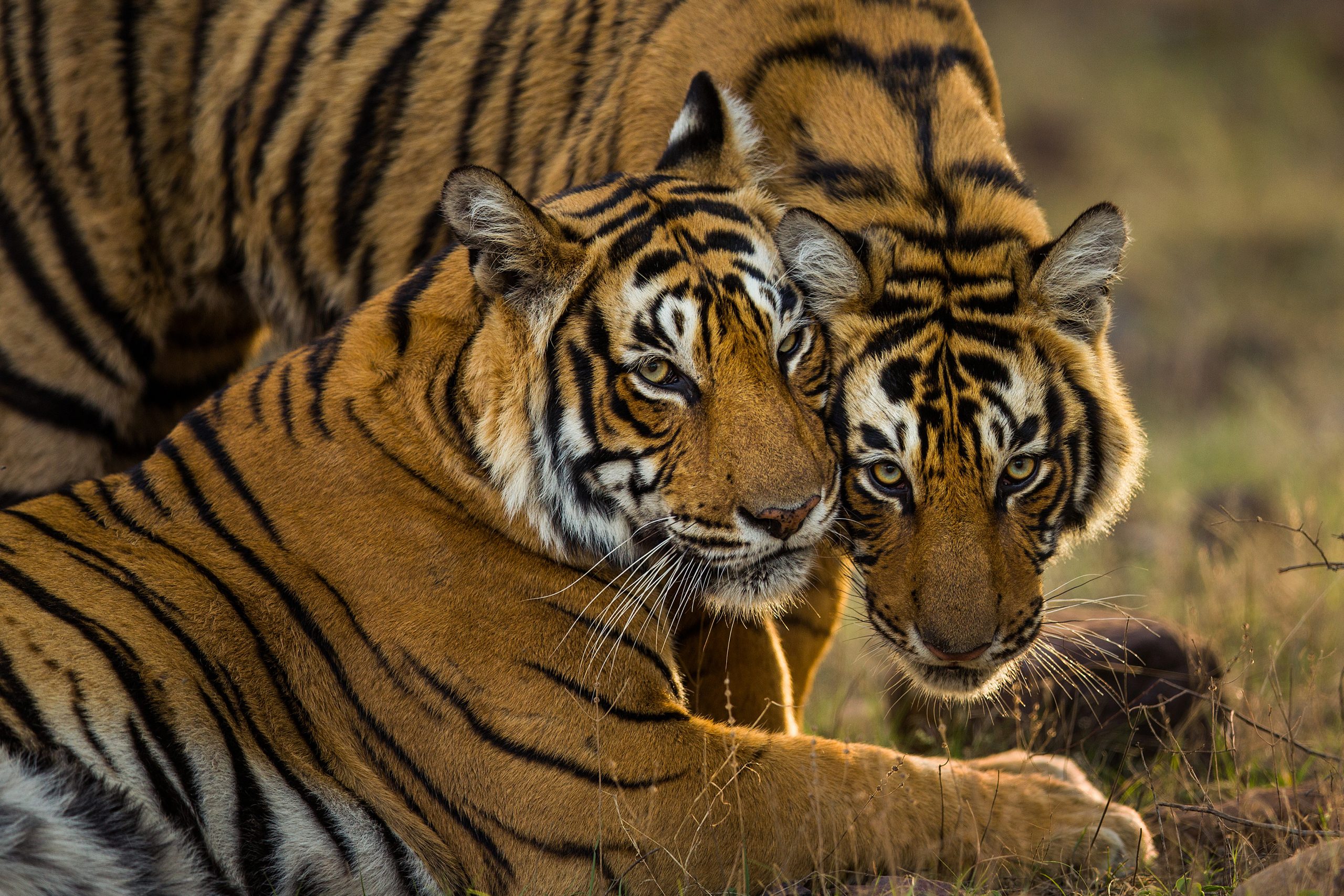India is a very large country that belongs to the Indomalayan biogeographic realm. Due to its vast territory, India has many different ecosystems with a wide variety of animal species. The diversity of the fauna here is influenced by the mountains and deserts, temperate and tropical forests, fields and meadows, rivers, marshes, archipelagos and so on.
Wildlife in India
In general, the wildlife of India is similar to that of Indochina and the Greater Sunda Islands. The only exceptions are a few groups of animals, including the shield-tailed snakes and the purple frog, which is considered a living fossil.
Archaeological excavations show that the fauna of India has species similar to those found in Madagascar and the Seychelles. This is not surprising, given that Madagascar was once part of Hindustan, but separated from it more than 80 million years ago. That is why many African animal species appeared in Eurasia.
The Indian fauna is very diverse, the country is home to:
- more than 2.5 thousand fish species, which make up almost 12% of the entire ichthyofauna of the planet;
- about 200 amphibian species;
- over 400 species of reptiles;
- almost 1300 bird species;
- 410 different mammal species.
Some animals have even become a symbol of India and are very revered by its inhabitants.

Exotic Animals of India
If you ask an average person what animals live in India, then the first thing that comes to their mind will most likely be the main characters of fairy tales and symbols depicted on product labels:
- Indian elephants;
- Bengal tigers;
- Water buffaloes;
- macaques;
- Asiatic lions;
- Asian black bears;
- mongooses;
- Indian rhinos.
It should be noted that some of the Indian animals are especially revered by local residents and are protected by the country’s legislation. First of all, these include cows, gharials, or, for example, Gangetic dolphins. The killing of any of these animals is punishable under criminal law in the same way as the killing of a human being.
The Indian fauna has long been subjected to merciless extermination, but in the last half century, the situation has improved. The introduction of strict laws helped the Indians to preserve some unique species that now coexist with humans.



